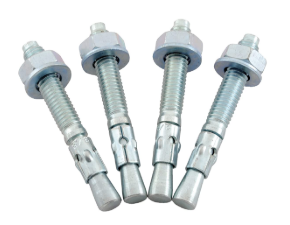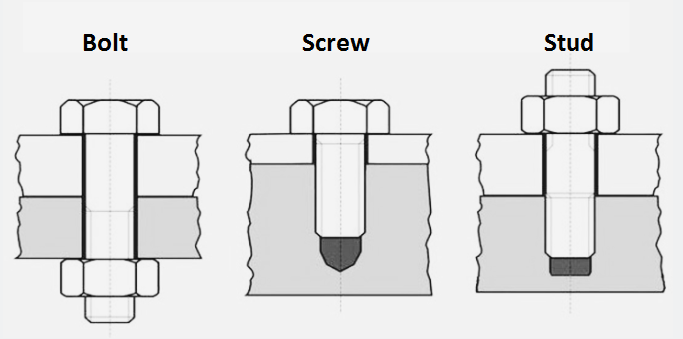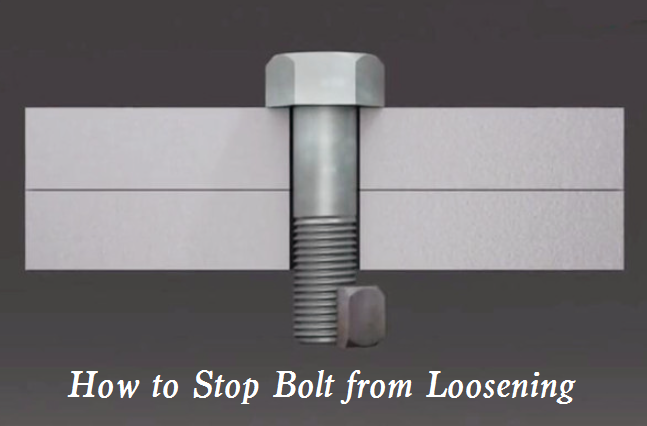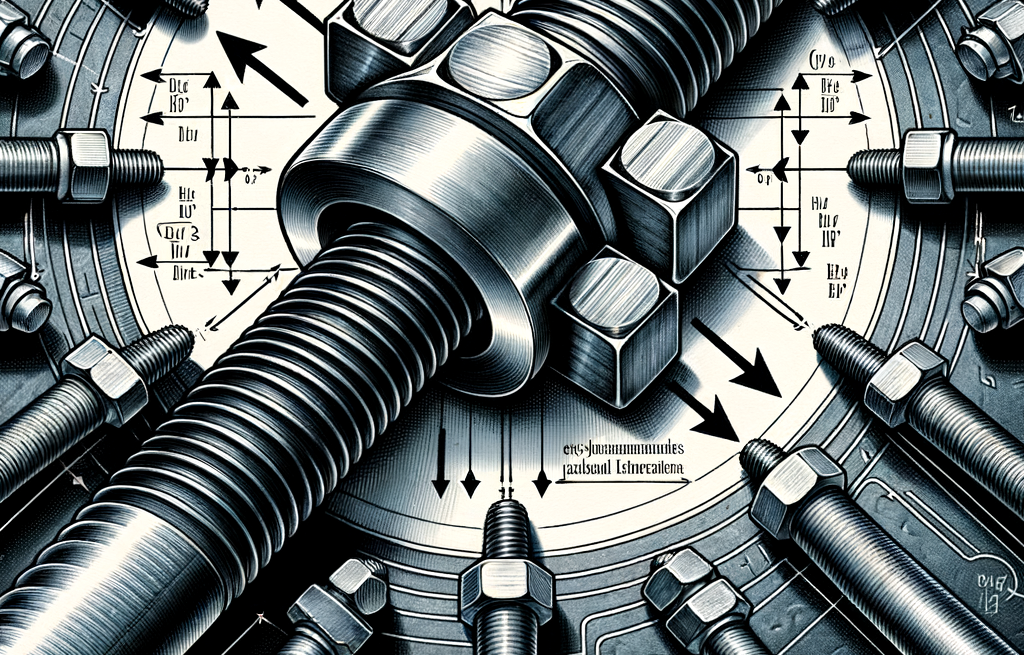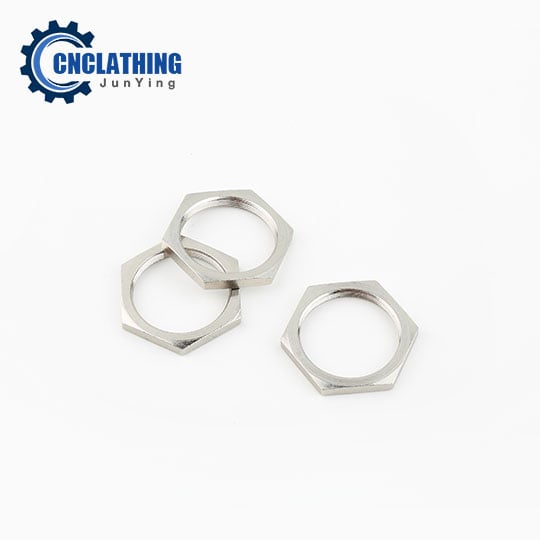A stud bolt is a type of bolt used in various situations, such as assembling and machining machine bodies and parts, as well as securing the workpiece during the cutting process. Although stud bolts have a wide range of applications, what specific features do they possess? Now we will break down the characteristics of stud bolts, precautions to take when removing them, and methods for troubleshooting in case of issues.
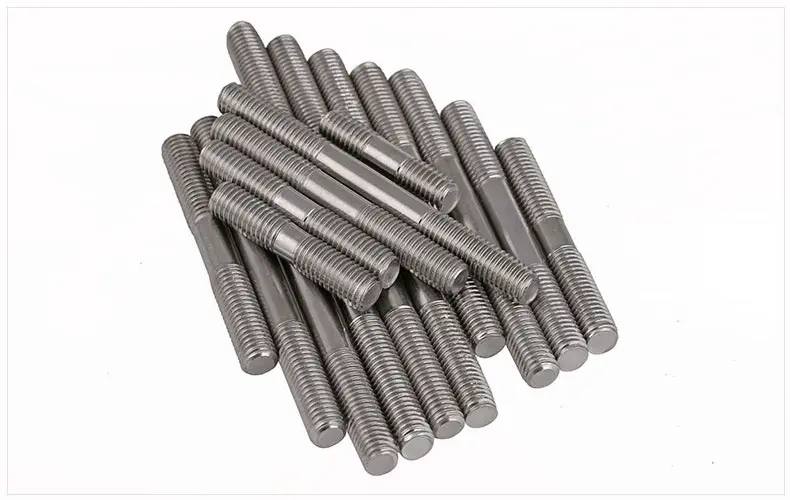
What is a Stud Bolt?
A stud bolt is a type of bolt that has male threads cut on both ends and is composed only of the shaft section. Its distinctive feature is the absence of a head, and it is also known as a “projection bolt” or “studded bolt.” After attaching one end to a machine or similar structure, another component can be fastened to the opposite end, making it commonly used to connect components of machinery that require detachment and connection.
Features of Stud Bolts
What specific advantages does a stud bolt offer? Here, we will introduce the characteristics and benefits of using stud bolts.
– Resistant to Wear and Deformation
Stud bolts are formed with threads through cold working of hardened steel, giving them excellent hardness. Their resistance to wear and high bending strength makes them widely used in applications such as securing engine components and machining.
– High Versatility
Due to the absence of a head on stud bolts, it’s possible to adjust the depth of thread insertion and the position of the nut as needed. The ability to adjust insertion depth and facilitate repeated attachment and detachment contributes to their high versatility.
– Strong in Axial Tension
In the case of conventional bolts with heads, stress concentrates beneath the head. However, stud bolts distribute stress across both ends’ threaded portions, giving them superior strength against axial tension.
How To Get (Remove) Stud Bolt Out?
Removing stud bolts differs from removing regular bolts due to the absence of a wrench-friendly head. Additionally, special attention is required when stud bolts are seized. Here, we will provide you with key points to consider when removing stud bolts. Here are the points to consider when removing stud bolts?
– Removal with Double Nuts
A common method for removing stud bolts is known as the “double nut” approach. Attach two nuts to one end’s male thread and use a wrench to rotate the lower nut. It’s important to strike a balance in tightening the nuts – too loose and only the nut will turn, too tight and removing the nut after work becomes difficult. Proper nut tightness is crucial.
– Use of Stud Bolt-Specific Tools
Using specialized tools to rotate stud bolts is another removal method. These tools are categorized into those that can be used while the stud bolt is passing through and those that are used otherwise. However, even when using specialized tools, there’s a risk of damaging the threads if you attempt to forcefully rotate a seized stud bolt.
– Use of Penetrating Lubricant
Stud bolts are often used to connect dissimilar metal parts that cannot be welded together. Connections between aluminum and steel components, for instance, are prone to “galvanic corrosion” (galvanic corrosion), which accelerates rust progression and makes threads seize easily. Galvanic corrosion occurs when different types of metals come into contact with each other and are exposed to moisture, leading to the corrosion of metals due to differences in electric potential. If you encounter difficulty in removing a stud bolt that seems seized, applying a high-penetration lubricant and allowing it to sit for an extended period can reduce friction and facilitate easier removal.
– Apply Heat to the Surrounding Area
Stud bolts are often used in parts that generate heat, such as aluminum engine housings or exhaust manifolds. Due to repeated cycles of heating and cooling, stud bolts can become oxidized and seized, making removal challenging.
In such cases, heating the part where the stud bolt is inserted using a torch or similar tool can cause thermal expansion and make removal easier. However, if the part being heated has high thermal conductivity, be cautious as heat can travel farther than anticipated during the process.
How To Handle Broken Stud Bolts?
During the process, there’s a possibility of stud bolts breaking. If the shaft portion is exposed, try gripping it with sturdy pliers and attempt to rotate the stud bolt. If the stud bolt breaks in a concave manner against the component, using a punch to apply rotational force or drilling a hole into the stud bolt’s cross-section to insert a special tool might help with removal.
If none of these methods work, drilling a larger hole around the stud bolt and then re-cutting the threads to upsize the stud bolt can also be effective. However, this approach needs to be balanced with repair space and strength considerations, so it’s advisable to try it as a last resort.
Utilizing the Features and Considerations to Make the Most of Stud Bolts in Various Situations
Stud bolts are versatile bolts used in various settings, such as mold assembly and workholding for machine tools. They are frequently used in parts that experience high temperatures, like engines, which can lead to issues like seizing due to temperature fluctuations. Since stud bolts lack a typical bolt head and require a different removal approach, caution is advised during the process.
By familiarizing yourself with proper usage and features, you can effectively utilize stud bolts in different scenarios.



